Block caving: A new mining method arises
Por um escritor misterioso
Last updated 28 março 2025

Block caving is a new alternative method of developing new mines or extending the operation of open pits. Block caving is an underground hard rock mining metho
Block caving is a new alternative method of developing new mines or extending the operation of open pits. Block caving is an underground hard rock mining method that involves undermining an ore body, allowing it to progressively collapse under its own weight. It is the underground version of open pit mining. In block caving, a large section of rock is undercut, creating an artificial cavern that fills with its own rubble as it collapses. This broken ore falls into a pre-constructed series of funnels and access tunnels underneath the broken ore mass. These mineworks are sheltered from the collapsing ore inside bunker-like mass of rock, and miners extract it continuously from here. The collapse progresses upward through the ore body, eventually causing large areas of the surface to subside into sinkholes. The cost of block cave mining is about 1/10 of the correspondent cost of conventional methods. The production rates can reach 30,000 to 100,000 tons per day. Moreover, drilling and blasting costs are far less, and there are no backfilling costs. Another benefit of block caving is the large reduction in surface waste disposal needs. As open pits get deeper, their ratios of waste rock to ore often get higher and the waste must be placed in surface storage areas. The amount of waste rock generated from underground methods like block caving is a fraction of this, reducing surficial land impacts. The key factors for selecting block caving method are: A region with a massive deposit that has sufficient height and footprint area to initiate and propagate the natural caving of the rock mass. Beneficial geomechanical characteristics such as in-situ rock fractures to encourage fragmentation during the caving process, sufficient rock mass strength to support long life drawpoints and excavation tunnels, and manageable ground stresses. Ore value that is not only able to cover operating costs, but also the relatively high initial capital costs, and extended pre-production periods, as compared to most other methods. As a minimum, the ore value should be two to three times the site operating costs (mining, processing, and general and administration costs). The acceptance of surface disturbance above the cave. This zone of disturbance must be accounted for when considering existing or planned infrastructure and environmental considerations. As large open pit mines come to the end of their lives, many companies are examining the feasibility of transitioning to low-cost, large-scale underground operations. Block cave mining is the only underground method that can offer comparable open pit production rates and operating costs. For new developments, block cave mining offers the further advantage of a smaller surface footprint with significantly less waste disposal requirements.
Block caving is a new alternative method of developing new mines or extending the operation of open pits. Block caving is an underground hard rock mining method that involves undermining an ore body, allowing it to progressively collapse under its own weight. It is the underground version of open pit mining. In block caving, a large section of rock is undercut, creating an artificial cavern that fills with its own rubble as it collapses. This broken ore falls into a pre-constructed series of funnels and access tunnels underneath the broken ore mass. These mineworks are sheltered from the collapsing ore inside bunker-like mass of rock, and miners extract it continuously from here. The collapse progresses upward through the ore body, eventually causing large areas of the surface to subside into sinkholes. The cost of block cave mining is about 1/10 of the correspondent cost of conventional methods. The production rates can reach 30,000 to 100,000 tons per day. Moreover, drilling and blasting costs are far less, and there are no backfilling costs. Another benefit of block caving is the large reduction in surface waste disposal needs. As open pits get deeper, their ratios of waste rock to ore often get higher and the waste must be placed in surface storage areas. The amount of waste rock generated from underground methods like block caving is a fraction of this, reducing surficial land impacts. The key factors for selecting block caving method are: A region with a massive deposit that has sufficient height and footprint area to initiate and propagate the natural caving of the rock mass. Beneficial geomechanical characteristics such as in-situ rock fractures to encourage fragmentation during the caving process, sufficient rock mass strength to support long life drawpoints and excavation tunnels, and manageable ground stresses. Ore value that is not only able to cover operating costs, but also the relatively high initial capital costs, and extended pre-production periods, as compared to most other methods. As a minimum, the ore value should be two to three times the site operating costs (mining, processing, and general and administration costs). The acceptance of surface disturbance above the cave. This zone of disturbance must be accounted for when considering existing or planned infrastructure and environmental considerations. As large open pit mines come to the end of their lives, many companies are examining the feasibility of transitioning to low-cost, large-scale underground operations. Block cave mining is the only underground method that can offer comparable open pit production rates and operating costs. For new developments, block cave mining offers the further advantage of a smaller surface footprint with significantly less waste disposal requirements.
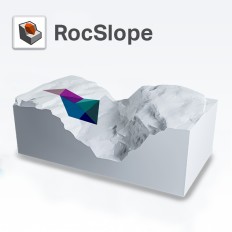
Block caving: A new mining method arises

Illustration of typical (a) block caving mining and (b) sublevel caving

BLOCK CAVING, METAL mining, stoping method

Block caving mining method - Epiroc
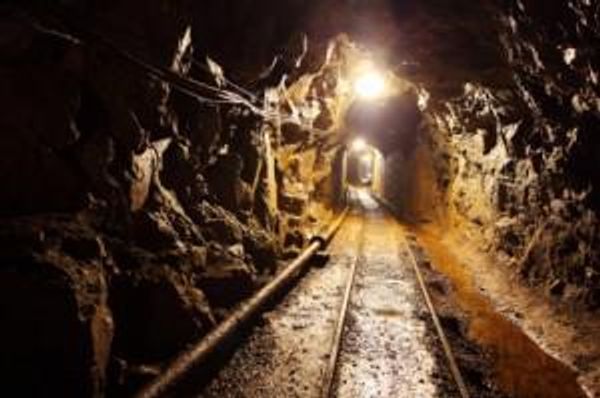
Underground Block Caving: A Guide for Investors

Capital (a) and operating (b) costs for open pit and caving mines

Block Caving: A Viable Alternative?
Block caving mining method with Elfen software, explained by Rockfield

Block Cave Mining at Northparkes Mines
Block caving mining method with Elfen software, explained by Rockfield

BLOCK CAVING ATRI.ppt
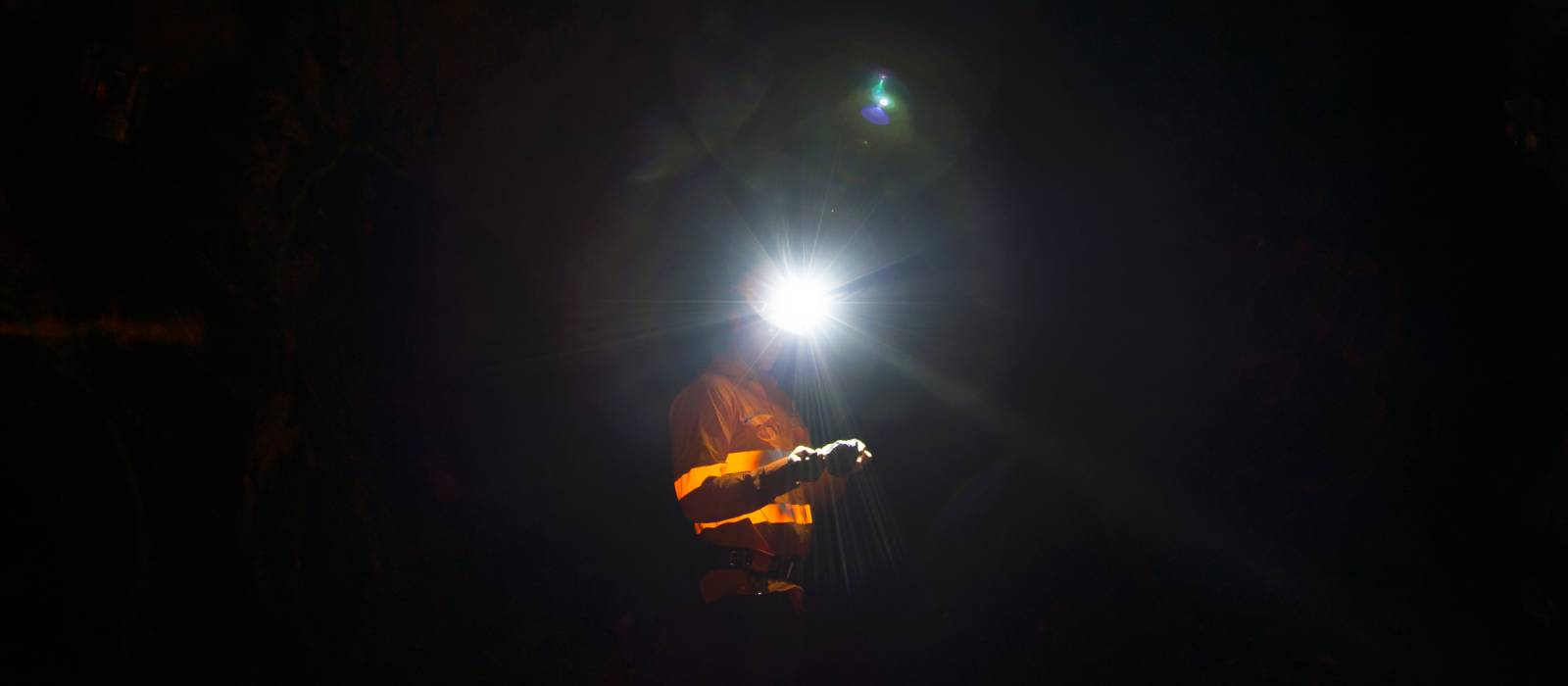
What every mining professional needs to know about block caving – the deep mining method of the future
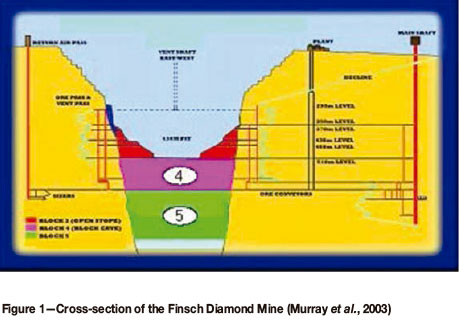
Incline caving as a massive mining method
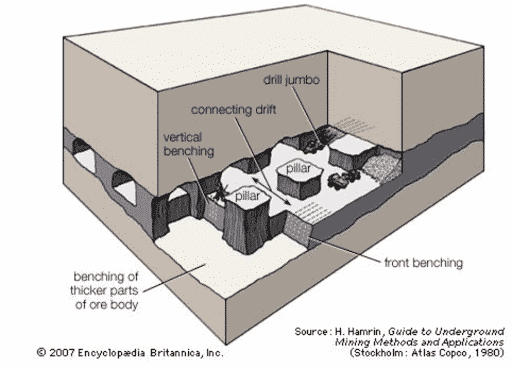
Primary underground mining methods in Australia
Recomendado para você
-
 uBlock Origin Developers Take Steps to Block Cryptocurrency Mining Scripts » The Merkle News28 março 2025
uBlock Origin Developers Take Steps to Block Cryptocurrency Mining Scripts » The Merkle News28 março 2025 -
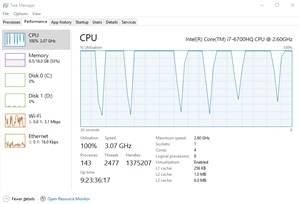 Stop Crypto Miners From Using Your Servers Resources28 março 2025
Stop Crypto Miners From Using Your Servers Resources28 março 2025 -
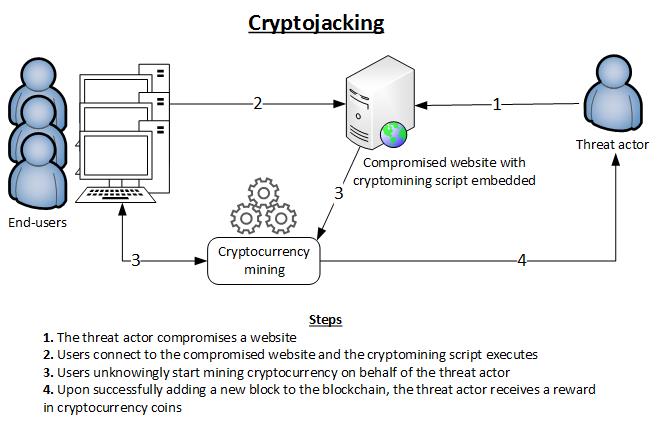 Cryptojacking - Cryptomining in the browser — ENISA28 março 2025
Cryptojacking - Cryptomining in the browser — ENISA28 março 2025 -
 Line of Duty: Yes eBook : Blocker MD, Virginia Irvine, Wooten Ph.D.., Heather G.: Kindle Store28 março 2025
Line of Duty: Yes eBook : Blocker MD, Virginia Irvine, Wooten Ph.D.., Heather G.: Kindle Store28 março 2025 -
 Block Rewards vs. Transaction Fees - Why We Need Both28 março 2025
Block Rewards vs. Transaction Fees - Why We Need Both28 março 2025 -
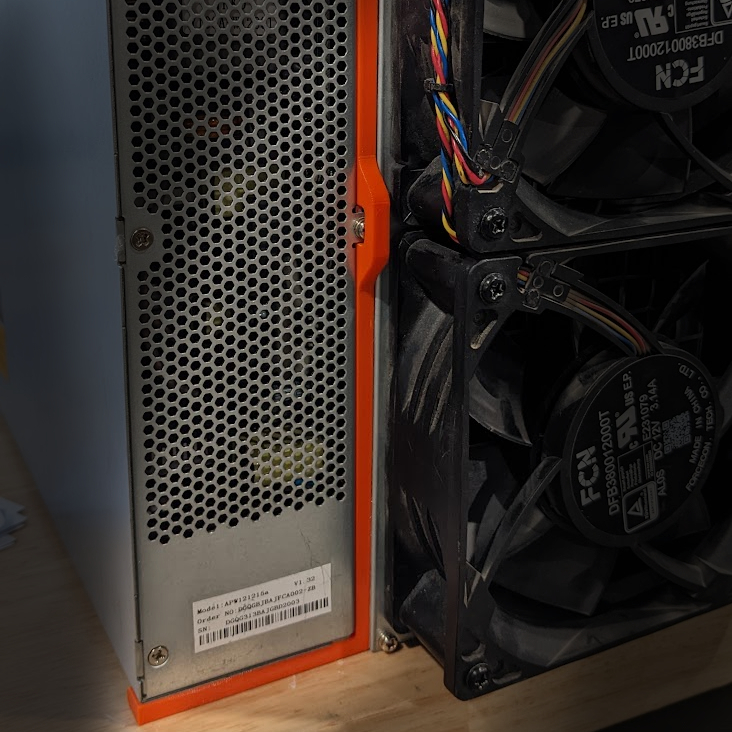 Home Mining – CryptoCloaks28 março 2025
Home Mining – CryptoCloaks28 março 2025 -
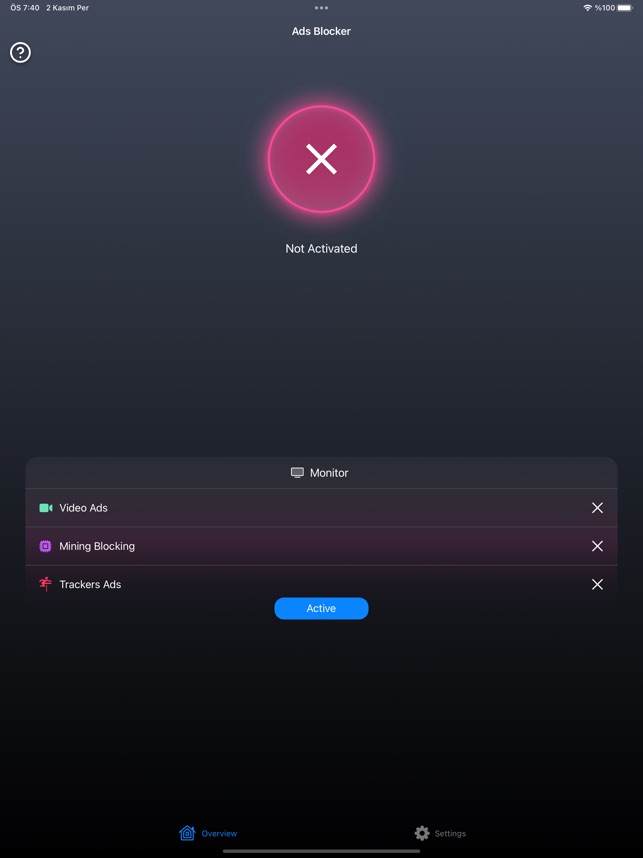 Ads Blocker - GPU Accelerator on the App Store28 março 2025
Ads Blocker - GPU Accelerator on the App Store28 março 2025 -
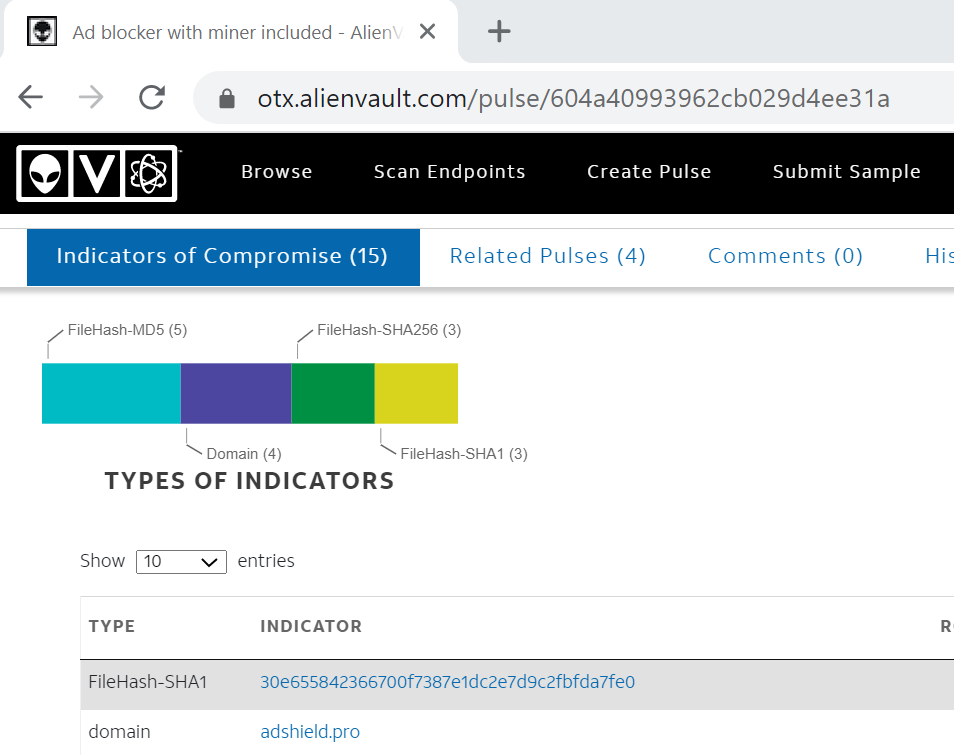 Malware Detection28 março 2025
Malware Detection28 março 2025 -
 Salon offers users crypto mining instead of online ads28 março 2025
Salon offers users crypto mining instead of online ads28 março 2025 -
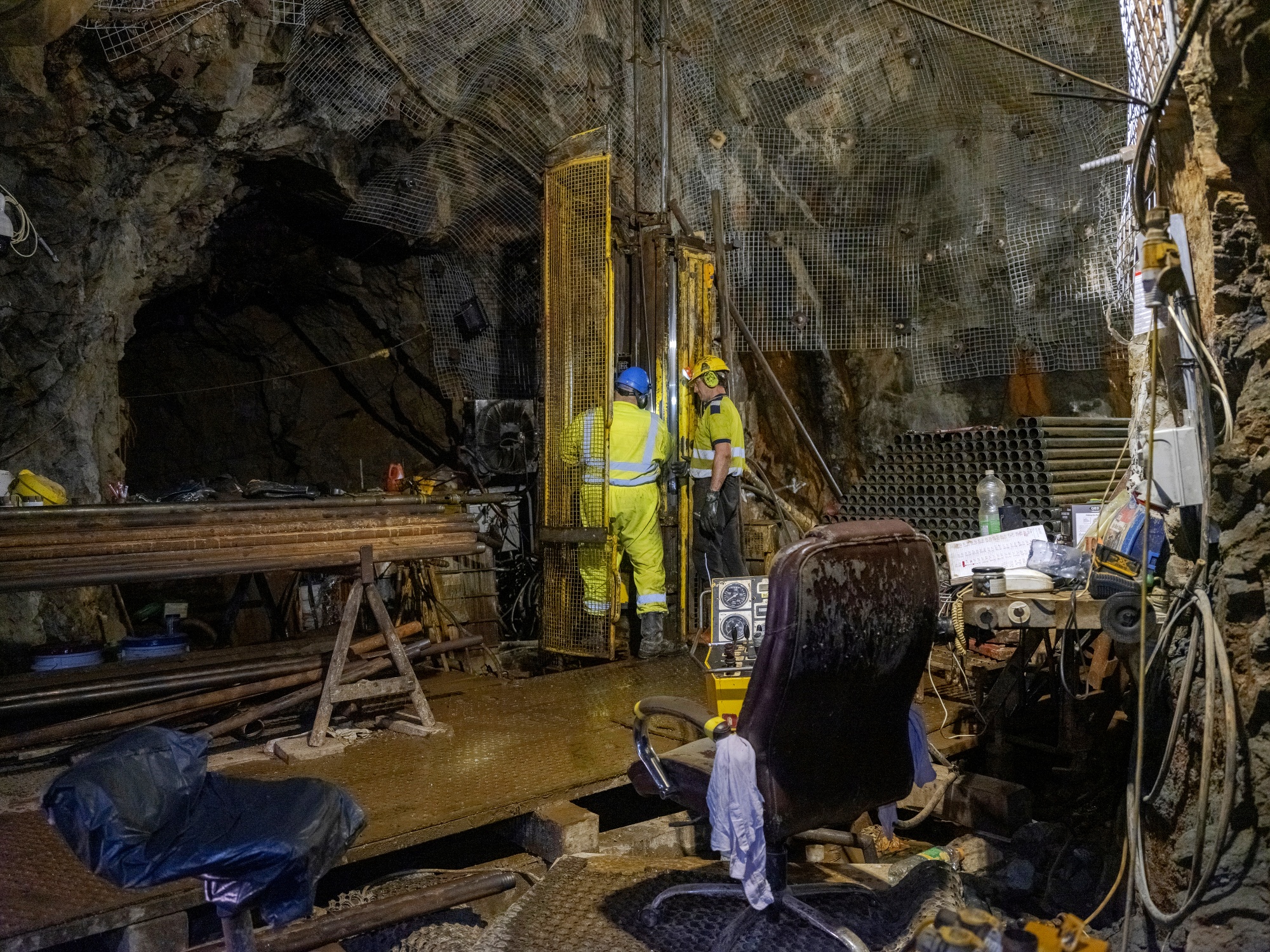 UK Mining: Cornwall Can Counter China in Hunt for Raw Minerals - Bloomberg28 março 2025
UK Mining: Cornwall Can Counter China in Hunt for Raw Minerals - Bloomberg28 março 2025
você pode gostar
-
 Game Awards 2023: Why fantasy RPG 'Baldur's Gate 3' outgamed best28 março 2025
Game Awards 2023: Why fantasy RPG 'Baldur's Gate 3' outgamed best28 março 2025 -
 Hades v1.38050 DRMFREE Free Download28 março 2025
Hades v1.38050 DRMFREE Free Download28 março 2025 -
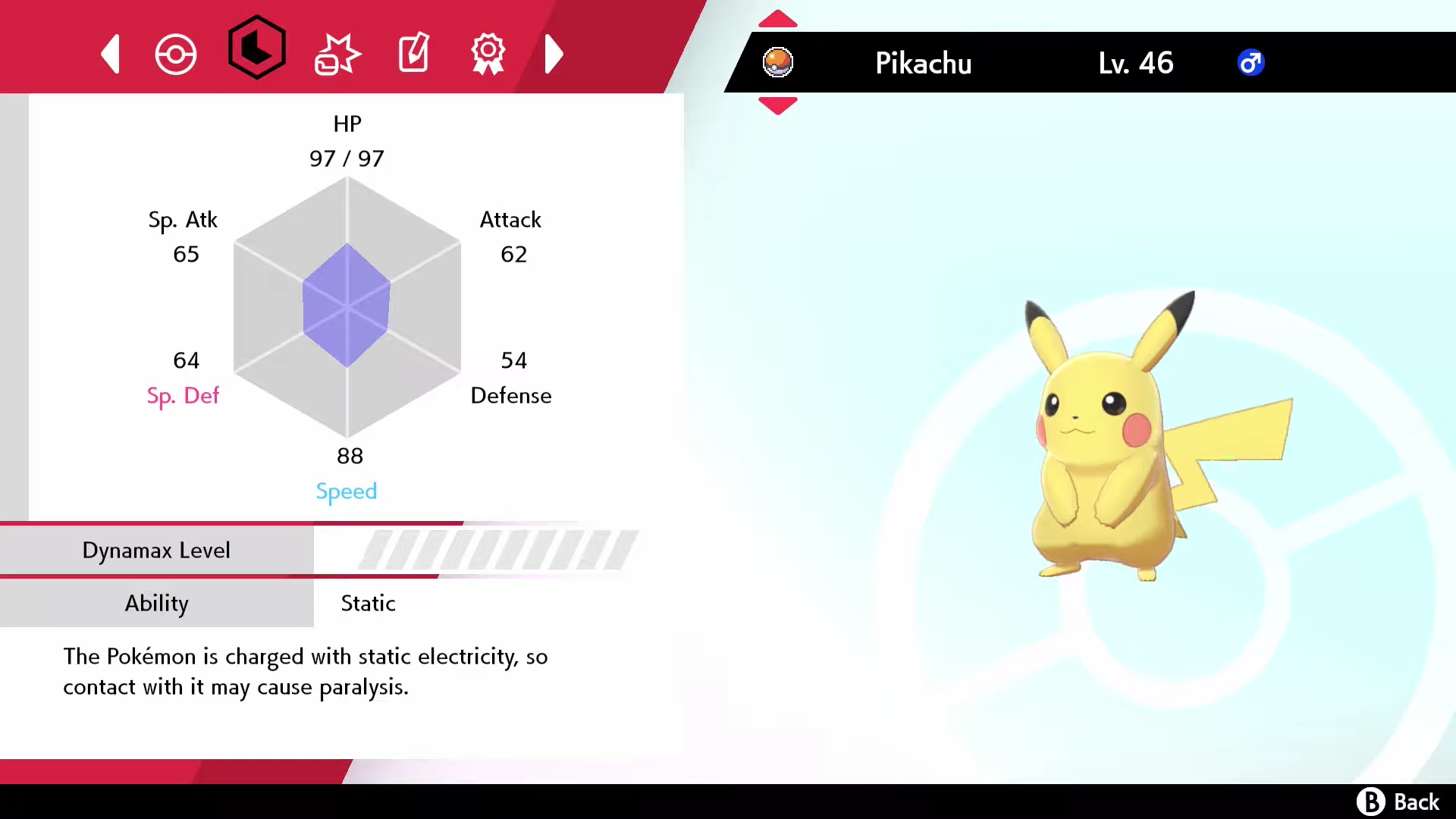 Pokémon Sword and Shield' Trailer Reveals New EV Training Method28 março 2025
Pokémon Sword and Shield' Trailer Reveals New EV Training Method28 março 2025 -
 Tesco, Sainsbury's, Morrisons and Asda forced to explain high food prices - Liverpool Echo28 março 2025
Tesco, Sainsbury's, Morrisons and Asda forced to explain high food prices - Liverpool Echo28 março 2025 -
 Shironeko Project Zero Chronicle Prince of Darkness Cosplay28 março 2025
Shironeko Project Zero Chronicle Prince of Darkness Cosplay28 março 2025 -
 Doctor App UI designs, themes, templates and downloadable graphic elements on Dribbble28 março 2025
Doctor App UI designs, themes, templates and downloadable graphic elements on Dribbble28 março 2025 -
 Fofo Donut Kawaii. Ilustração De Estilo De Desenho Animado Isolado28 março 2025
Fofo Donut Kawaii. Ilustração De Estilo De Desenho Animado Isolado28 março 2025 -
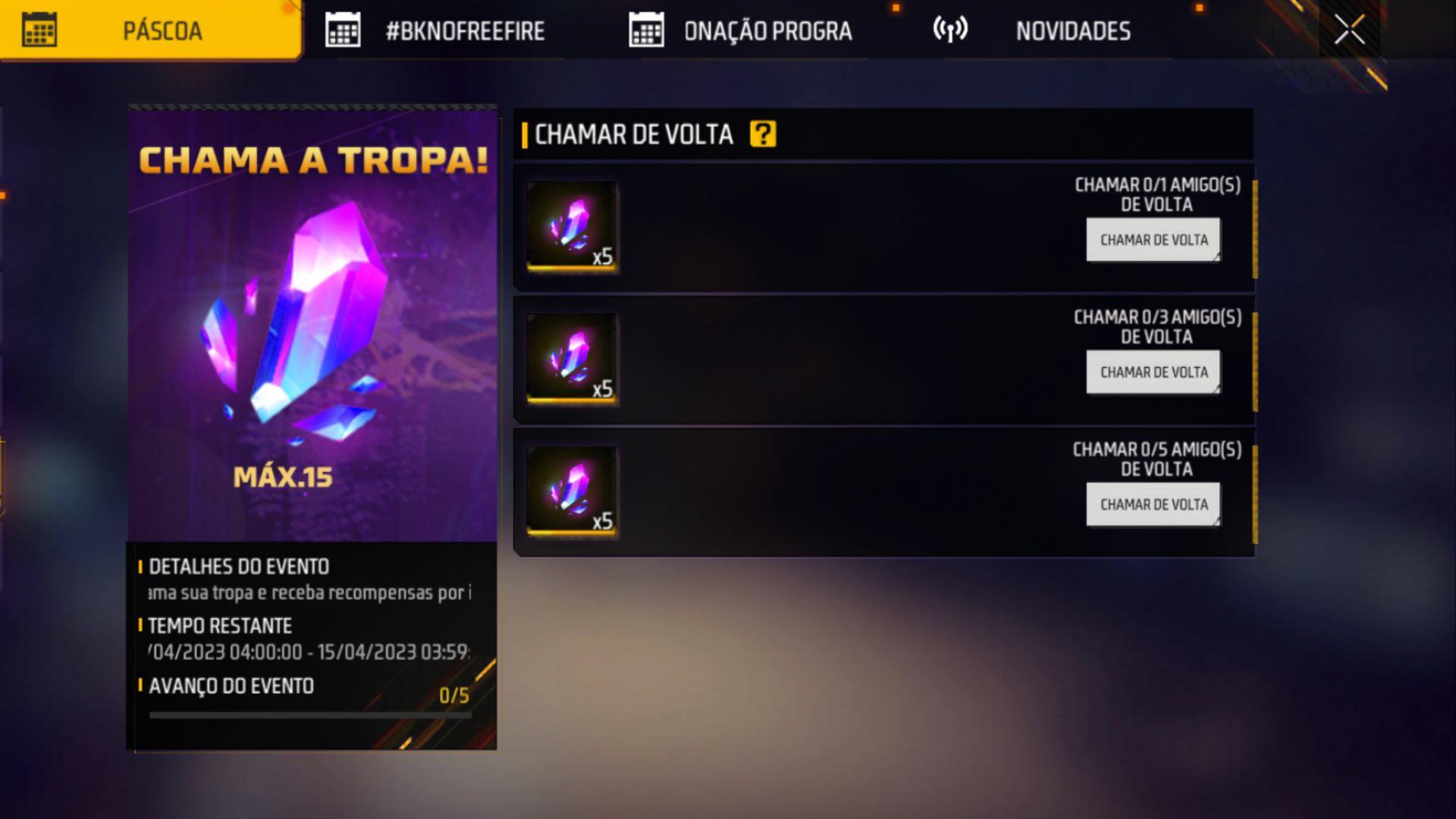 Chamar de Volta Free Fire 2023: chama a tropa, convide amigos e ganhe Cubo Mágico28 março 2025
Chamar de Volta Free Fire 2023: chama a tropa, convide amigos e ganhe Cubo Mágico28 março 2025 -
 Watch QTCinderella twitch streamer r Active T-Shirt for28 março 2025
Watch QTCinderella twitch streamer r Active T-Shirt for28 março 2025 -
 Mac and Cheese Balls28 março 2025
Mac and Cheese Balls28 março 2025